T4K3.news
Mars coral rock hints at ancient water
Curiosity rover images of a coral-shaped rock renew talk of Mars water history and potential past life.
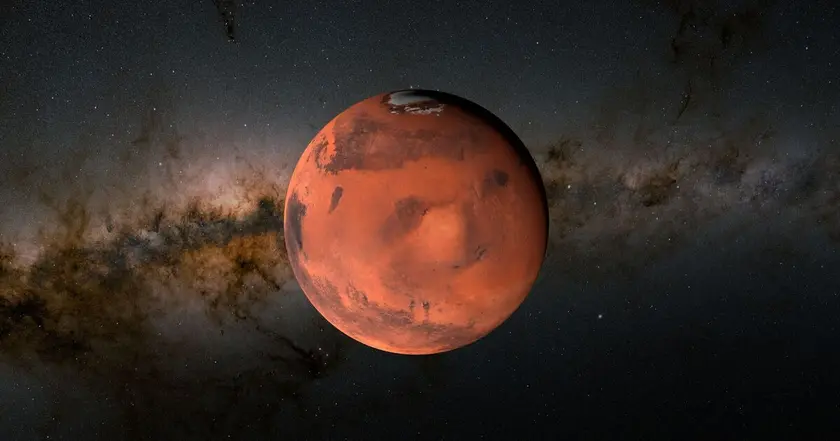
A coral-shaped rock photographed by the Curiosity rover sparks renewed interest in Mars water history and the possibility of past life.
Mars coral rock points to ancient water after Curiosity image
NASA's Curiosity rover photographed a coral-shaped rock formation in Gale Crater, a feature officials say formed billions of years ago when liquid water once flowed across the planet. Minerals carried by water filled tiny cracks in the rock, and wind erosion over eons exposed the hardened veins today.
The images have sparked a surge of online talk about signs of ancient life on Mars. Scientists stress that a single rock feature is not evidence of life and emphasize the need for corroborating data from multiple sites and future missions to confirm any claims.
Key Takeaways
"Curiosity has found many small features like this one, which formed billions of years ago when liquid water still existed on Mars."
NASA description of the rock feature
"Water carried dissolved minerals into rock cracks and later dried, leaving the hardened minerals behind."
NASA explanation for the formation
"This discovery reminds us that we must separate what we see from what we can prove."
Editorial perspective on interpretation of results
"If life exists on Mars, such finds will be a patient, stepwise confirmation."
Comment from a scientist on implications
Public interest in Mars often spikes with striking images. That engagement can fund science and inspire learning, but it can also fuel premature conclusions if not anchored in data. The episode shows how visuals can drive attention while scientific validation remains essential.
The case also shows how researchers translate dramatic finds into testable ideas. Boxwork formations and mineral veins matter, yet they require careful laboratory work and additional missions before they can reshape our view of Mars’ habitability.
Highlights
- Mars writes its history in rock and wind
- Ancient water left its signature in the minerals
- Public awe is a driver of curiosity not a verdict
- A tiny rock file may unlock big questions about habitability
Public reaction to Mars life claims risks misinformation
The rapid spread of sensational posts on social media can mislead the public about what the rocks actually show. A single feature is not proof of life, and rigorous testing with multiple lines of evidence is needed.
Mars continues to reveal its history one rock at a time
Enjoyed this? Let your friends know!
Related News
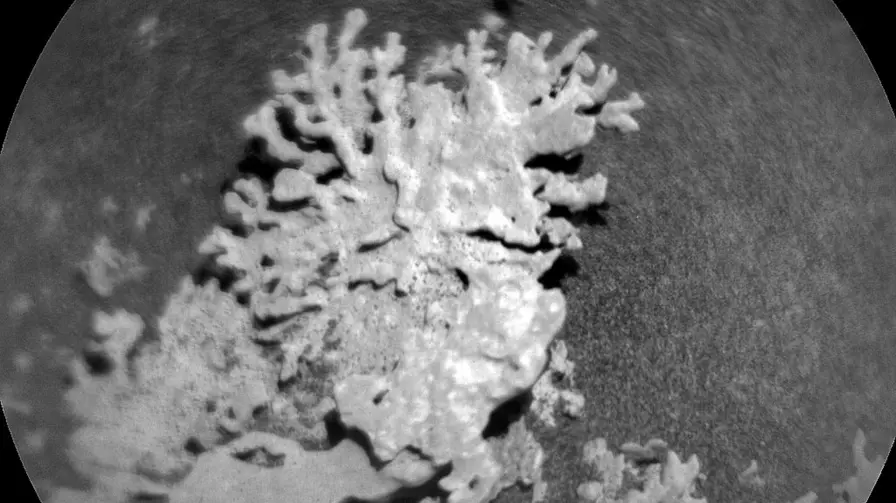
NASA discovers coral-like rock on Mars
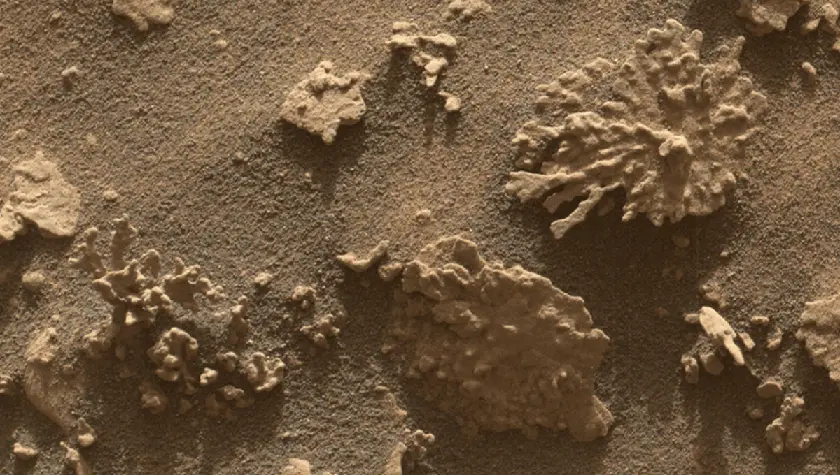
Mars reef like rock reveals natural formation
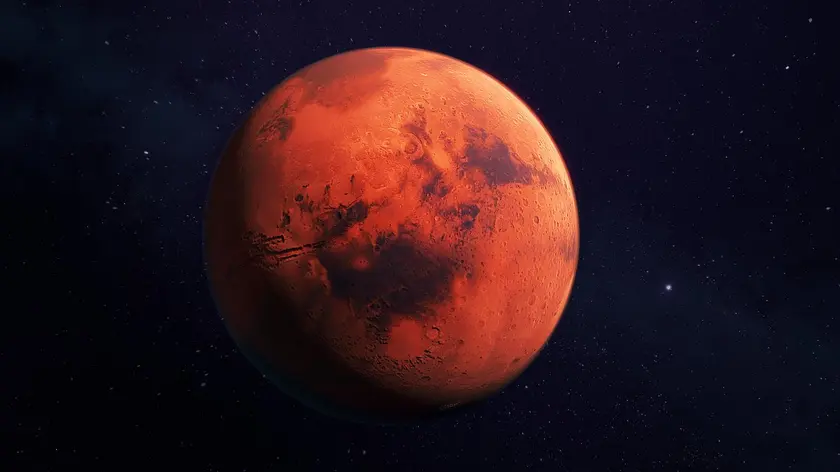
NASA's Curiosity rover discovers coral-like rock on Mars
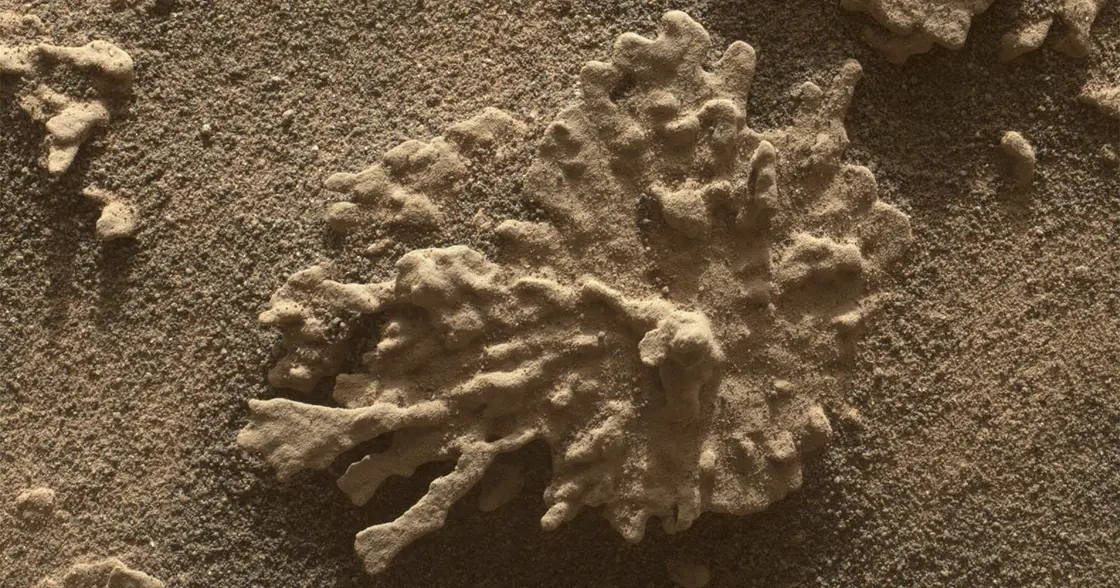
Curiosity Finds Coral Like Rocks on Mars
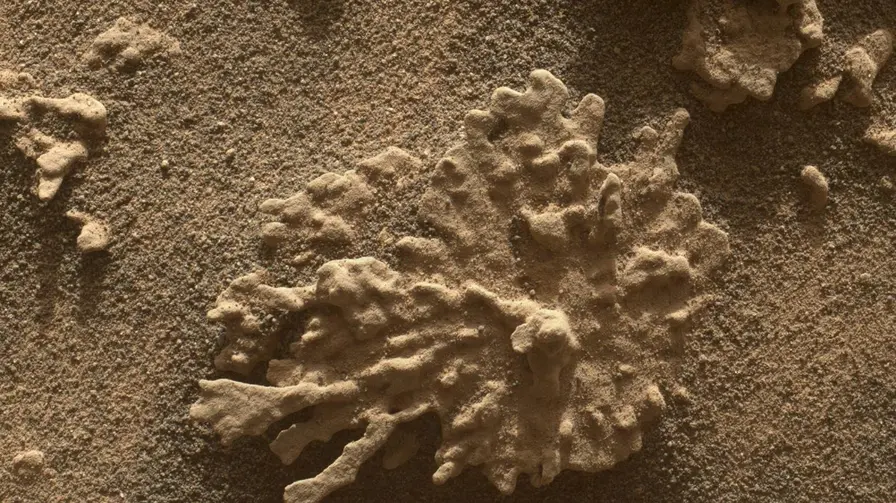
Curiosity rover reaches 13-year milestone on Mars

Mars reveals its wetter past with ancient riverbeds

NASA's Perseverance rover sets record drive on Mars
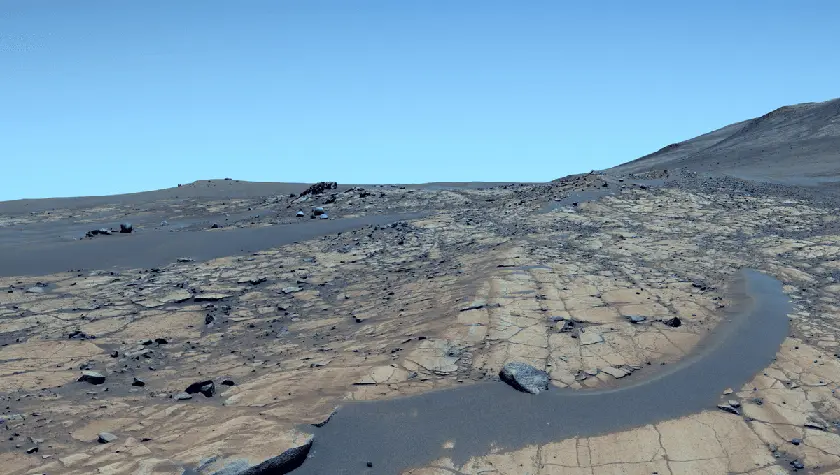
NASA's Perseverance Unveils Breathtaking Mars Panorama
